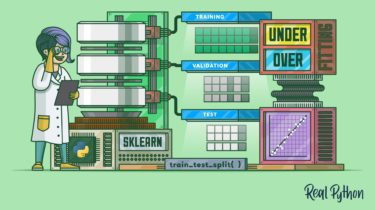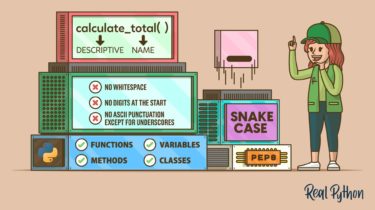Quiz: How to Write Beautiful Python Code With PEP 8
Interactive Quiz ⋅ 12 QuestionsBy Martin Breuss Share Or copy the link: Copied! Happy Pythoning! In this quiz, you’ll test your understanding of how to write beautiful Python code with PEP 8. By working through this quiz, you’ll revisit the key guidelines laid out in PEP 8 and how to set up your development environment to write PEP 8 compliant Python code. The quiz contains 12 questions and there is
Read more
